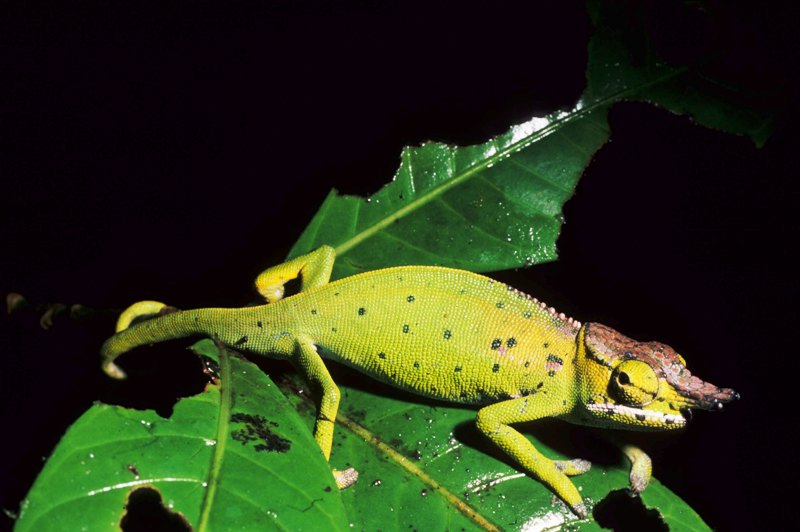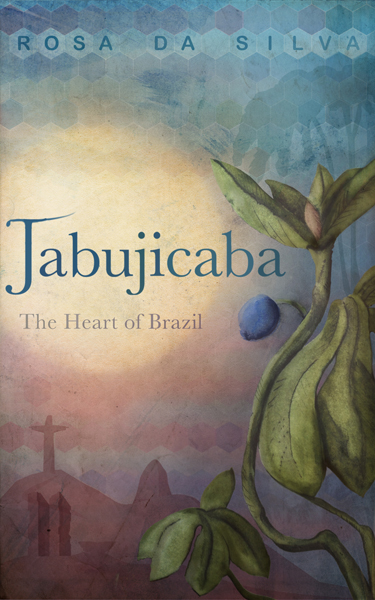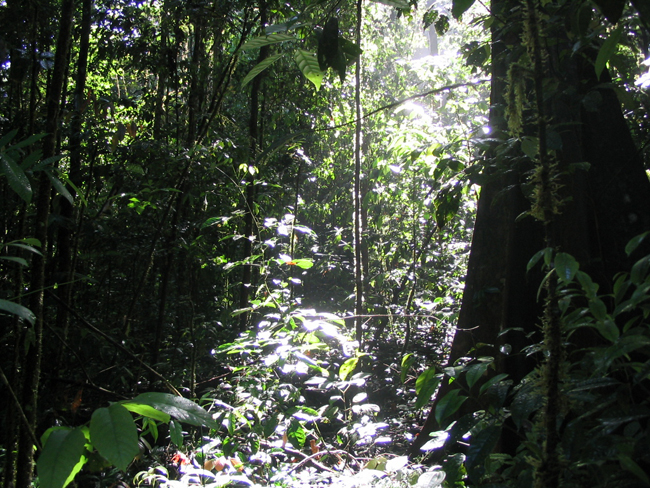DAYS OF MADAGASCAR 2015
GIORNATE DEL MADAGASCAR 2015 / DAYS OF MADAGASCAR 2015
The island of Marco Polo
June 12 and 13, 2015
Venice, Museum of Natural History
Isolated from Africa to many tens of millions of years, Madagascar has developed its own peculiar fauna and flora, dramatically different from that of other land masses, near and far.
Similarly colonization by man, which took place on a massive scale only for two thousand years, has seen the mix of elements Africans, Asians, Arabs and Europeans who have forged a culture of “metissage” composed of no less than 18 ethnic groups each with its particular history and traditions, have in common the basic language of Indonesian origin and the cult of the dead, called “famadihana”.
Unfortunately Madagascar is also a land of great contrasts, with widespread problems of social and economic. The days that pay special attention to aspects concerning the natural wealth and cultural diversity of this island, home to the intervention of researchers that deal with biodiversity and personnel working in health, showing how much Italy is engaged in this country.
In collaboration with the Regional Museum of Natural Sciences (Museo Regionale di Scienze Naturali) of Turin and the Association “Malagasy Miray.”
Video below: Interview of Franco Andreone (herpetologist) at Andriamanero, Isalo National Park.
This video is in Italian: #madagascarexpedition2013: Betampona Rainforest
DOWNLOAD THE PRESENTATION OF THE INITIATIVE
(.ppt 12.3 MB) >>>PROGRAM
Friday, June 12, 2015 20.30 – Cinema Giorgione
Screening of the film in English “Island of lemurs in Madagascar” by David Douglas and Drew Fellman, with narrated by Morgan Freeman and with Patricia Wright
Introduction and presentation of: Franco Andreone (Museo Regionale di Scienze Naturali Regional Museum of Natural Sciences of Turin) Giuseppe Donati (Oxford Brookes University)
Entrance to the Cinema Giorgione free until all available seats
Saturday, June 13, 2015 – Natural History Museum
10.30 Welcome and opening of the day
Gabriella Belli (Director Civic Museums Foundation of Venice)
Paola Casagrande (Director of the Museo Regionale di Scienze Naturali Regional Museum of Natural Sciences of Turin) Randrianantoandro Solofo Theophile (Minister Counsellor Embassy of Madagascar)
Franco Andreone (Museo Regionale di Scienze Naturali Regional Museum of Natural Sciences of Turin)
Madagascar: stories from a biodiverse land biodiverse
Giuseppe Donati (Oxford Brookes University)
Survive the next day: the lesson of lemurs
15:00
Riccardo Bononi (IRFOSS Padua)
Life, death and disease in the ancestor worship
Italian volunteers in Madagascar
Friends Amici di Jangany
The Italian volunteer in MadagascarVolontari Italiani in Madagascar
Olga del Madagascar
Culture, nature and music: songs taken from ‘album “Ma nature”
Tasting The with Malagasy vanilla
Hours 10:00 to 18:00 – Gallery of Cetaceans
Photo exhibition “Madagasikara” by Franco Andreone: throughout the day and until August 2, 2015 will be exhibited suggestive images dedicated to the nature, history and traditions of Madagascar.
Information points: voluntary associations will be on hand to talk about their experience in Madagascar
WORKSHOPS:
appointment until all available seats
Hours 10:30 to 12:00 and 15:30 to 17:00
Children aged 7 to 11 years
“The nature of the island”, edited by Coop. Silty
“Sounds and rhythms of Madagascar”, edited by Olga del Madagascar:
10:15, 11:30, 15:00, 16:15
For children 4 to 6 years accompanied by their parents
“The chameleon says narrates, animal stories and legends of Madagascar” by Barchetta Blu
INFORMATION AND RESERVATIONS:
The day is free entry until all the places available, except for laboratories that require an admission ticket to the museum (free for residents and people born in Venice, upon presentation of a photo ID).
To book workshops call 041 2750206
The photo exhibition will be open for free only on the occasion of this day and until August 2, 2015 is required to be in possession of a ticket to the museum.
Information shared by:
Franco Andreone
Museo Regionale di Scienze Naturali
Via G. Giolitti, 36
I-10123 TORINO – ITALY
website www.francoandreone.it
Facebook www.facebook.com/franco.
Twitter @francoandreone
Youtube Betampona
Youtube Isalo








